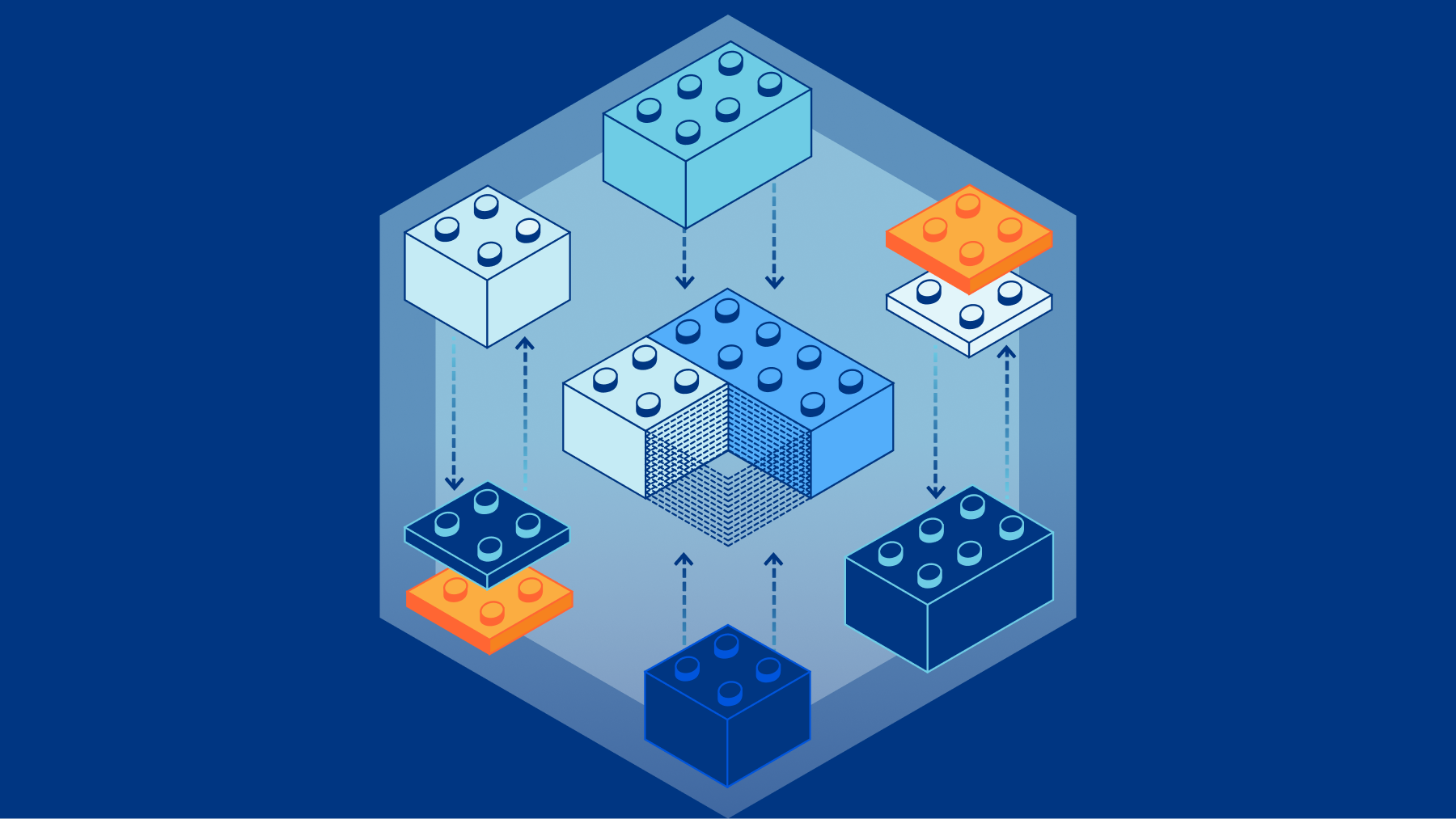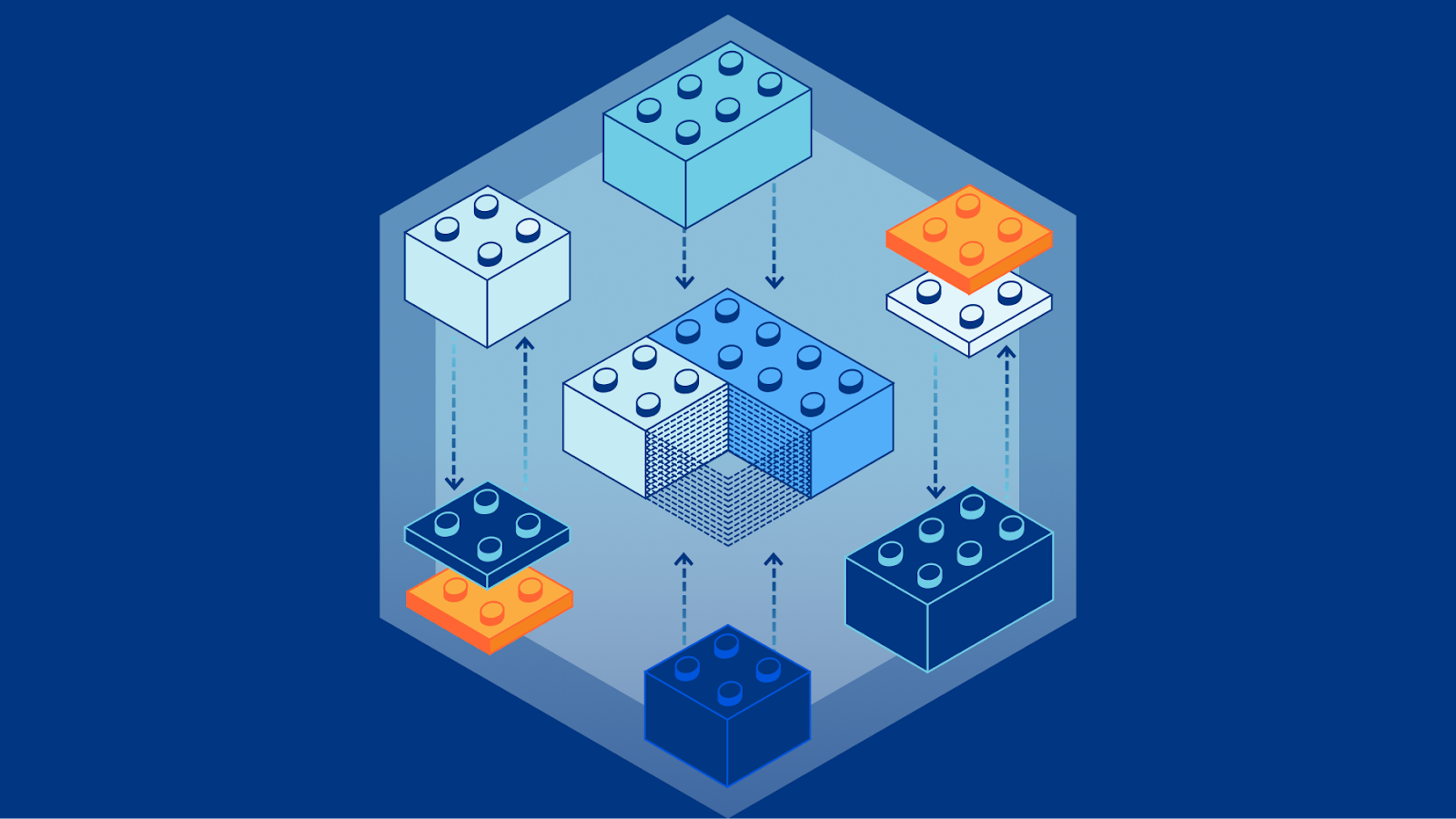Workers adds support for two modern data platforms: MongoDB Atlas and Prisma


We’ve heard a common theme over the past year: developers want to build more of their applications on Workers. With built-in global deployments, insane scalability and the flexibility of JavaScript, more and more applications are choosing to build on our global platform.
To do so, developers need access to data. Our strategy for data on Workers has had three parts:
- One, to provide first-party solutions that are designed for infinite scale, like Workers KV and Durable Objects.
- Two, to support a wide array of NoSQL databases that connect over HTTP, and to begin to build connections to data where it already lives today with TCP Database Connectors.
- Three, to partner with best-of-breed data companies to bring their capabilities to the Workers platform.
Today we’re excited to announce that, in addition to our existing partners Fauna and Macrometa, Cloudflare Workers has added support for Prisma and MongoDB Atlas. These data platforms are heavily demanded by developers — Prisma’s modern ORM brings support for Postgres, SQL Server, MySQL via their Prisma client, while MongoDB topped the ranks of integrations most demanded by our users.
Both clients are available from their respective authors, Realm for MongoDB and Prisma for Prisma. You can begin Continue reading
What You Need To Know About The Ransomware Russian Hackers
Over the past few years, the US has been subjected to many ransomware attacks. These incidents have resulted in the loss of millions of dollars. The government is trying to tackle the problem, but the attacks don’t seem to stop.
Surprisingly, most of them have been traced back to Russian hackers. The most recent ransomware attack took place in July 2021. Even this incident has been blamed on a Russian group.
Here is everything that you need to know about Russian ransomware hackers.
How Do The Ransomware Attacks Work?
All the hackers that have been alleged or claimed responsibility works on a ransomware business model. They encrypt the user data using their algorithms and prevent access to it. To regain access, you will have to pay them a hefty sum.
Once receiving the money, they give you the key for decryption. However, this is not the case every time. On many occasions, the hackers go off-grid without providing the key.
Russian Ransomware Hackers
Since the past few years, many different groups have surfaced. Some of them have claimed responsibility for many incidents. Meanwhile, others remain alleged with concrete evidence.
Here are some of the Russian Hackers that authorities have identified:
Continue reading
Overlay Virtual Networking Examples
One of ipSpace.net subscribers wanted to see a real-life examples in the Overlay Virtual Networking webinar:
I would be nice to have real world examples. The webinar lacks of contents about how to obtain a fully working L3 fabric overlay network, including gateways, vrfs, security zones, etc… I know there is not only one “design for all” but a few complete architectures from L2 to L7 will be appreciated over deep-dives about specific protocols or technologies.
Most ipSpace.net webinars are bits of a larger puzzle. In this particular case:
Overlay Virtual Networking Examples
One of ipSpace.net subscribers wanted to see a real-life examples in the Overlay Virtual Networking webinar:
I would be nice to have real world examples. The webinar lacks of contents about how to obtain a fully working L3 fabric overlay network, including gateways, vrfs, security zones, etc… I know there is not only one “design for all” but a few complete architectures from L2 to L7 will be appreciated over deep-dives about specific protocols or technologies.
Most ipSpace.net webinars are bits of a larger puzzle. In this particular case:
Git as a source of truth for network automation
The first step when automating a network is to build the source of truth. A source of truth is a repository of data that provides the intended state: the list of devices, the IP addresses, the network protocols settings, the time servers, etc. A popular choice is NetBox. Its documentation highlights its usage as a source of truth:
NetBox intends to represent the desired state of a network versus its operational state. As such, automated import of live network state is strongly discouraged. All data created in NetBox should first be vetted by a human to ensure its integrity. NetBox can then be used to populate monitoring and provisioning systems with a high degree of confidence.
When introducing Jerikan, a common feedback we got was: “you should use NetBox for this.” Indeed, Jerikan’s source of truth is a bunch of YAML files versioned with Git.
Why Git?
If we look at how things are done with servers and services, in a datacenter or in the cloud, we are likely to find users of Terraform, a tool turning declarative configuration files into infrastructure. Declarative configuration management tools like Salt, Puppet,1 or Ansible take Continue reading
Proxmox Enable Port Mirror
In a couple of previous posts I covered how to configure Open vSwitch and Import Extrahop Appliances on Proxmox. The Extrahop Discovery Appliance (EDA) can ingest network traffic on its capture port for analysis. In my lab, I am hosting the EDA as a VM on a Proxmox host...continue reading
Proxmox Enable Port Mirror
In a couple of previous posts I covered how to configure Open vSwitch and Import Extrahop Appliances on Proxmox. The Extrahop Discovery Appliance (EDA) can ingest network traffic on its capture port for analysis. In my lab, I am hosting the EDA as a VM on a Proxmox host...continue reading
pygnmi 12. pyGNMI CLI to Explore GNMI Capabilities of the Network Devices
Hello my friend,
For a a while we were silent about pyGNMI; however, it doesn’t mean that the project is abandoned. Actually, it is quite opposite: we are very delighted and thankful for the community that we have a number of contributors from the whole world, who is taking part in the pyGNMI project and committing new code. Thanks to the community, a few new features were added as well as a number of bugs fixed. And today we will take a look one of such community-added features, which is called pygnmcli.
2
3
4
5
retrieval system, or transmitted in any form or by any
means, electronic, mechanical or photocopying, recording,
or otherwise, for commercial purposes without the
prior permission of the author.
Is GNMI a Good Interface for Network Automation?
Yes, it is. GNMI is one of the most recent interfaces created for the management plane, which allows you to manage the network devices (i.e., retrieve configuration and operational data, modify configuration) and collect the streaming or event-driven telemetry. Sounds like one-size-fits-all, isn’t it? On top of that, GNMI supports also different transport Continue reading
ISP Design Guide: Separation of network functions – introduction and overview

PDF link is here
A reference guide for new & existing ISPs that need to understand network functions and separation.
“How do I add redundancy?”
“How do I scale?”
“How do I reduce downtime and operational costs?”
These are questions that I get asked practically every day as a consulting network architect that designs and builds ISPs.
In most cases the answer is the same whether the ISP uses fixed wireless broadband, copper or fiber to deliver the last mile – separation of network functions.
This illustrated guide is intended to define the topic and create visual context for each function using a network drawing. It’s the first in a new series on this subject.
A new series of content
This topic is deep and there is a lot to unpack so this will be the first segment in a series of blog posts and videos covering function separation.
Large ISPs typically already embrace the philosophy of separating network functions, so the focus of this series will be to help new or growing regional ISPs understand the design intent and the challenges/costs of running networks that don’t separate network functions.

http://iparchitechs.com/contact
Welcome to Full Stack Week


As you read this you are using the Internet. Stop and think about that for a minute. We speak about finding something “on the Internet”; we speak about “using the Internet” to perform a task. We essentially never say something like “I'm going to look for this on a server using the Internet as an intermediary between my computer and the server”.
We speak about and think about the Internet as a single, whole entity that we use and rely on. That’s behind the vision of “The Network is the Computer”. What matters is not the component parts that go into “the Internet” but what they come together to create.
That’s also the vision behind Cloudflare’s network.
We don’t want anyone to think about “caching content on a server in a Cloudflare data center” or “writing code that runs on (something called) the edge”. We want you to simply think of it as a single, global network that provides a CDN, a WAF, DDoS protection, Zero Trust and the ability to write infinitely scalable code and have it just work.
Scaling software is hard, and almost no programmer wants to spend their time worrying what will happen if Continue reading
Having a Cloud Router – Always handy!
Note:
This can be set up for free of cost in a sense of having 100$ cloud credit and Trial license for vMX and is for testing for a limited amount of time for and setting a router in the cloud, In the long run, even this testing would cost some money.
This will guide you on how to set up a prod system properly on AWS – https://www.juniper.net/documentation/us/en/software/vmx/vmx-aws/topics/concept/vmx-aws-overview.html
I Wish
Often I wish that I have some sort of online cloud router (either Cisco or Juniper) to look around some knobs and also to do some rapid testing or rehash of some of the concepts. I prefer mostly Juniper for their awesome logical-systems concept and it’s easy to build a good number of 14 routers that can also run MPLS.
Solution
With Docker and Kubernetes, many of the NFV functions are even easier, I came across implementations of Juniper cRPD Route Reflectors in production environments and its all based on docker-containers, and their orchestration and vMX and other product lines are very well engineered at this point in time and no longer they are at starting stage.
What is that Continue reading
8 Tips for a Successful Network Migration
I have done many network migrations over the years. Now a days it’s a more rare event but this weekend we migrated some Core switches with very little down time. What are some of the things that you should do to maximize the odds of a successful migration?
Plan
If your migration went successful without planning, that doesn’t mean you are smart, just lucky. Every migration requires planning. What steps are involved in the migration? How do you validate each step? Who needs to be involved in the migration? Who needs to validate services when the migration is done? What are the criteria for a successful migration? How much time do you need to perform the migration? At what point do roll back? What are the steps involved in rolling back?
A migration plan can have varying levels of detail. I’ve worked with some very critical networks where we have had to describe each and every step in detail including every command that is involved in the migration. This takes a lot of time but you can’t cut corners when you are working with networks that can affect people’s health and lives.
Prepare
Prepare as much as you can. This Continue reading